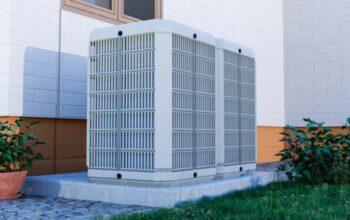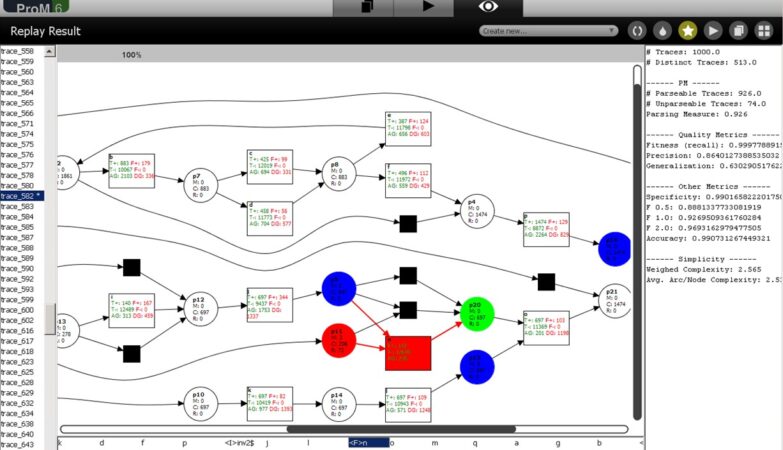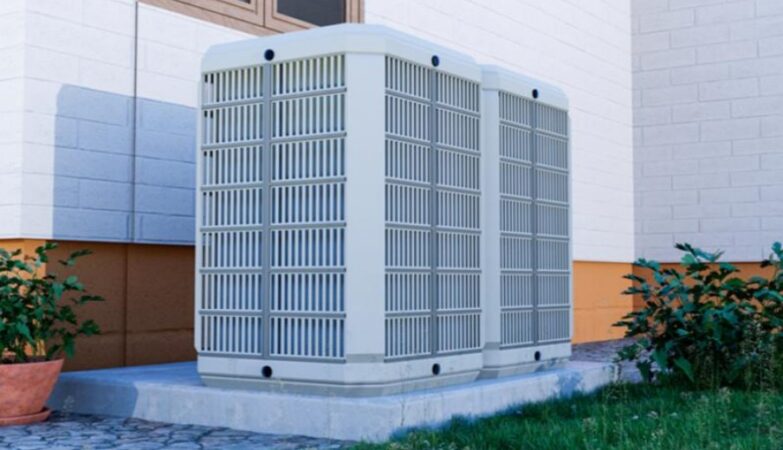Introduction
Building and training your own generative AI model can be a rewarding process that gives you control over how the model behaves and the kind of outputs it produces. This guide will walk you through the main steps, from setting up the environment to training and fine-tuning the model. However, because training your own generative AI model can be a complex process, and because it takes a sound technical background to fully leverage the potential of training a generative model, it is recommended that you enrol for an advanced technical course in a premier institute such as an ai course in Bangalore to learn the process systematically.
Training a Generative AI Mode—Step-by-Step
The following sections describe the steps involved in training a generative AI model as will be taught in any generative ai course.
1. Choose the Type of Generative AI Model
Generative AI models vary based on the task you want to perform. Here are some common types:
- Generative Adversarial Networks (GANs): Primarily used for generating images.
- Variational Autoencoders (VAEs): Good for generating data with some level of control over the output (for example, images, text).
- Transformers: Often used for text generation (for example, GPT), image generation, and music creation.
For simplicity, let us focus on text-based models like a Transformer (GPT) or an image-based model like GANs.
2. Set Up Your Development Environment
a) Choose a Platform
You will need significant computational resources, especially if you plan to train a large model. You can either use:
- Local Environment: Requires a powerful GPU, lots of RAM, and storage.
- Cloud Platforms: Use cloud-based GPUs from providers like AWS, Google Cloud, or Azure.
- Colab/Notebooks: Google Colab or Jupyter Notebooks can be used for smaller models or fine-tuning.
b) Install Required Libraries
For most generative models, Python is the preferred language. Some essential libraries:
bash
Copy code
pip install torch torchvision transformers datasets
pip install tensorflow keras
pip install numpy pandas matplotlib
pip install huggingface_hub # Optional for using Hugging Face models
3. Collect and Prepare Your Dataset
Your model’s performance depends on the quality of data:
a) For Text Generation
- Source Data: Download text from datasets like Common Crawl, Wikipedia, or domain-specific data.
- Preprocess: Clean the text, remove unwanted characters, tokenize the sentences.
Example:
python
Copy code
from transformers import GPT2Tokenizer
tokenizer = GPT2Tokenizer.from_pretrained(‘gpt2’)
tokens = tokenizer.encode(“Sample text for tokenization.”)
print(tokens)
b) For Image Generation (GANs)
- Source Data: Get images from datasets like CIFAR-10, CelebA, or your own dataset.
- Preprocess: Resize, normalise, and augment the images.
Example:
python
Copy code
from torchvision import transforms
transform = transforms.Compose([
transforms.Resize(64),
transforms.CenterCrop(64),
transforms.ToTensor(),
transforms.Normalize([0.5, 0.5, 0.5], [0.5, 0.5, 0.5])
4. Choose a Pre-trained Model or Build from Scratch
a) Text-based Models
Use pre-trained Transformer models like GPT-2 or GPT-3 for text generation:
python
Copy code
from transformers import GPT2LMHeadModel
model = GPT2LMHeadModel.from_pretrained(‘gpt2’)
b) Image-based Models (GANs)
You can use architectures like DCGAN or StyleGAN:
python
Copy code
import torch
import torch.nn as nn
class Generator(nn.Module):
def __init__(self):
super(Generator, self).__init__()
self.main = nn.Sequential(
# Your generator layers here
)
def forward(self, input):
return self.main(input)
5. Training the Model
a) Fine-tuning (Text Models)
For text-based models, fine-tune on your specific dataset:
python
Copy code
from transformers import Trainer, TrainingArguments
training_args = TrainingArguments(output_dir=’./results’, num_train_epochs=3)
trainer = Trainer(model=model, args=training_args, train_dataset=train_dataset)
trainer.train()
b) Training a GAN (Image Models)
GANs involve training a Generator and a Discriminator in a loop:
python
Copy code
criterion = nn.BCELoss() # Binary Cross Entropy Loss for GAN
optimizerG = torch.optim.Adam(generator.parameters(), lr=0.0002)
optimizerD = torch.optim.Adam(discriminator.parameters(), lr=0.0002)
# Training loop
for epoch in range(num_epochs):
# Train Discriminator
optimizerD.zero_grad()
real_images = data_loader.get_next_batch()
output = discriminator(real_images)
lossD_real = criterion(output, torch.ones_like(output))
noise = torch.randn(batch_size, latent_dim, 1, 1)
fake_images = generator(noise)
output = discriminator(fake_images.detach())
lossD_fake = criterion(output, torch.zeros_like(output))
lossD = (lossD_real + lossD_fake) / 2
lossD.backward()
optimizerD.step()
# Train Generator
optimizerG.zero_grad()
output = discriminator(fake_images)
lossG = criterion(output, torch.ones_like(output))
lossG.backward()
optimizerG.step()
6. Evaluation and Fine-tuning
Once the model is trained, you should evaluate its performance:
a) Evaluate Quality
- For text: Measure perplexity, BLEU score, or subjective evaluation.
- For images: Use Inception Score or Frechet Inception Distance (FID).
b) Fine-tune Hyperparameters
- Experiment with different learning rates, batch sizes, and optimizers.
- Implement early stopping if overfitting occurs.
7. Save and Deploy Your Model
Once your model achieves the desired results, you can save it and deploy it:
python
Copy code
model.save_pretrained(‘./my_model’) # For Transformer models
torch.save(generator.state_dict(), ‘generator.pth’) # For GAN models
You can deploy on cloud services or make the model available via APIs like Hugging Face’s Inference API.
8. Maintain and Improve
After deployment, monitor the model’s outputs and gather feedback. Regular updates, fine-tuning, or re-training with new data can further enhance the model’s performance.
Additional Tips
An inclusive career-oriented course that covers training generative ai models, such as an ai course in Bangalore, will include sessions by industry experts who will provide learners with useful tips and tricks of the trade. Here are some useful tips.
- Data Augmentation: Improve generalization by adding noise or transformations to your dataset.
- Transfer Learning: Start with a pre-trained model and fine-tune it on your specific data to save time and resources.
- Regularization Techniques: Use dropout or weight decay to avoid overfitting.
Conclusion
By following these steps, you can successfully train your own generative AI model and fine-tune it to suit your specific needs.
Training a generative AI model enhances creativity, automated content generation, improves personalization, and streamlines workflows. It enables businesses to scale tasks like image, text, and code creation. By learning from vast data, the model produces high-quality outputs, reducing human effort while driving innovation and efficiency. You can be a great trainer of generative AI models by enrolling in a comprehensive generative ai course that includes several hands-on assignments in training generative AI models.
For More details visit us:
Name: ExcelR – Data Science, Generative AI, Artificial Intelligence Course in Bangalore
Address: Unit No. T-2 4th Floor, Raja Ikon Sy, No.89/1 Munnekolala, Village, Marathahalli – Sarjapur Outer Ring Rd, above Yes Bank, Marathahalli, Bengaluru, Karnataka 560037
Phone: 087929 28623
Email: enquiry@excelr.com








